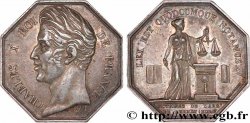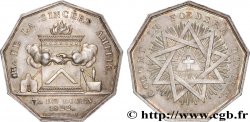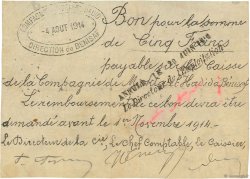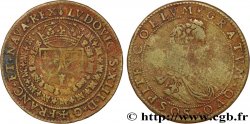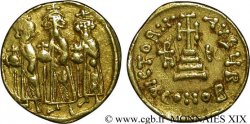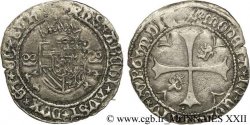E-auction 89-45906 - fjt_072975 - NORMANDIE - JETONS DU XIXe SIÈCLE Jeton Ar 33, Compagnie elbeuvienne d’éclairage par le gaz courant 1838
Usted debe firmar y ser un comprador aprobado para pujar, Inicia sesión para pujar. Las cuentas están sujetas a la aprobación y el proceso de aprobación se alcanzan dentro de las 48 horas. No espere hasta el día en una venta se cierra el registro.Al hacer una oferta en este artículo usted está firmando un contrato jurídicamente vinculante para comprar este artículo y haga clic en «oferta» constituye una aceptación de los términos de uso de e-auctions de cgb.fr.
La subasta debe ser colocado en euros enteros cantidades venta only.The se cerrará en el momento en la descripción del artículo, no se ejecutarán las ofertas recibidas en el sitio después de la hora de cierre. Veces Transmition pueden variar y las ofertas pueden ser rechazadas si espera a los últimos segundos. Para más información envie el FAQ.
SIN GASTOS PARA LOS COMPRADORES.
SIN GASTOS PARA LOS COMPRADORES.
| Valoración : | 125 € |
| Precio : | 32 € |
| Oferta más alta : | 40 € |
| Fecha de fin de la venta : | 29 diciembre 2014 18:40:00 |
| participantes : | 8 participantes |
Tipo : Jeton Ar 33, Compagnie elbeuvienne d’éclairage par le gaz courant
Fecha: 1838
Metal: plata
Diámetro: 33,5 mm
Eje de acuñación: 12 h.
Peso: 15,26 g.
Canto: lisse
Cuño: (corne) ARGENT
Grado de rareza: R1
Comentarios sobre el estado de conservación:
De petites marques de manipulation et très légèrement frotté au droit. Un exemplaire superbe avec une légère patine
Anverso
Titulatura del anverso: LA VILLE D’ELBEUF EST UNE RUCHE// TOUT LE MONDE Y TRAVAILLE ; À L’EXERGUE EN TROIS LIGNES : PAROLES DE BONAPARTE/ 1ER CONSUL/ 3 NOVEMBRE 1802.
Descripción del anverso: Ruche accosté d’une ancre et d’un caducée.
Reverso
Titulatura del reverso: COMPAGNIE - ELBEUVIENNE// D’ÉCLAIRAGE PAR - LE GAZ COURANT ; À L’EXERGUE EN DEUX LIGNES : AUTORISÉE LE XXV AVRIL/ MDCCCXXXVIII.
Descripción del reverso: Vue d’un bâtiment industriel surmonté d’une haute cheminée ; à gauche signature HAMEL.
Comentario
Ce jeton présente peut être le poinçon corne, mais celui-ci est légèrement hors flan et peu visible.
Le gaz naturel était connu depuis l'Antiquité notamment en Perse mais ce n'est qu'à la fin du XVIIIe siècle que l'idée d'un éclairage au gaz apparut. Le procédé ne se répandit que dans la première moitié du XIXe siècle notamment à partir de 1820. Le gaz utilisé était obtenu par distillation de la houille et servait à éclairer les rues puis les logements. Il servit par la suite comme chauffage mais disparut pour l'éclairage en raison de la diffusion de l'éclairage électrique dès 1880.
This token may have the horn punch, but it is slightly off-flank and not very visible. Natural gas was known since Antiquity, particularly in Persia, but it was not until the end of the 18th century that the idea of gas lighting appeared. The process only became widespread in the first half of the 19th century, particularly from 1820 onwards. The gas used was obtained by distillation of coal and was used to light streets and then homes. It was later used for heating but disappeared for lighting due to the spread of electric lighting from 1880 onwards.
Le gaz naturel était connu depuis l'Antiquité notamment en Perse mais ce n'est qu'à la fin du XVIIIe siècle que l'idée d'un éclairage au gaz apparut. Le procédé ne se répandit que dans la première moitié du XIXe siècle notamment à partir de 1820. Le gaz utilisé était obtenu par distillation de la houille et servait à éclairer les rues puis les logements. Il servit par la suite comme chauffage mais disparut pour l'éclairage en raison de la diffusion de l'éclairage électrique dès 1880.
This token may have the horn punch, but it is slightly off-flank and not very visible. Natural gas was known since Antiquity, particularly in Persia, but it was not until the end of the 18th century that the idea of gas lighting appeared. The process only became widespread in the first half of the 19th century, particularly from 1820 onwards. The gas used was obtained by distillation of coal and was used to light streets and then homes. It was later used for heating but disappeared for lighting due to the spread of electric lighting from 1880 onwards.







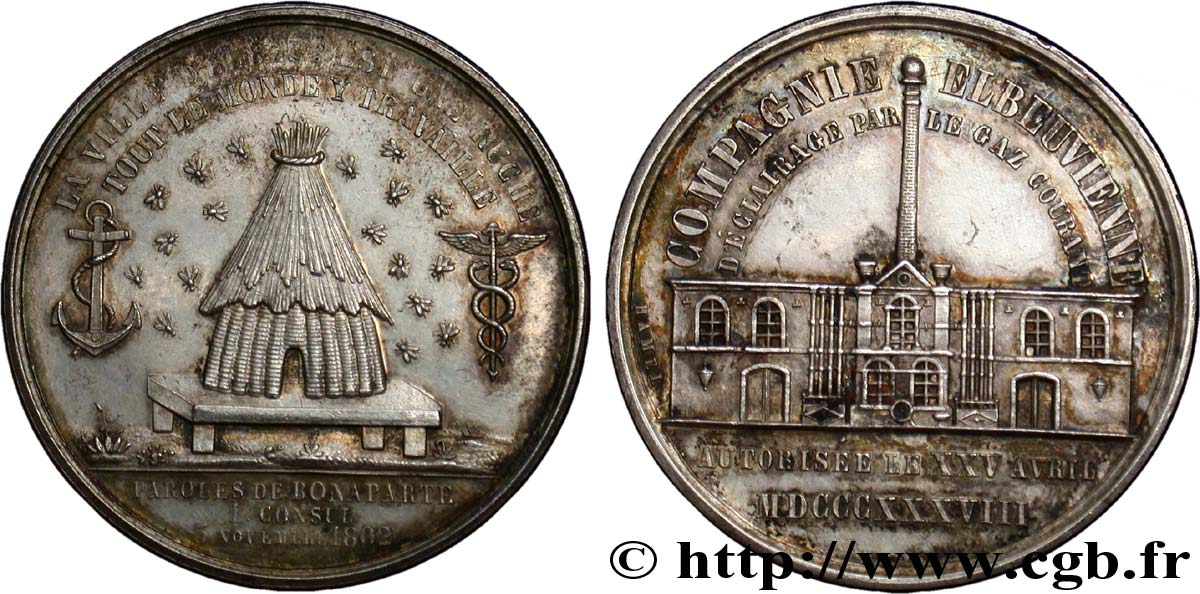
 Informar de un error
Informar de un error Imprimir la página
Imprimir la página Comparte mi selección
Comparte mi selección Haz una pregunta
Haz una pregunta Consignar / vender
Consignar / vender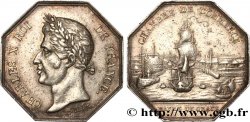
 Descriptivo
Descriptivo


